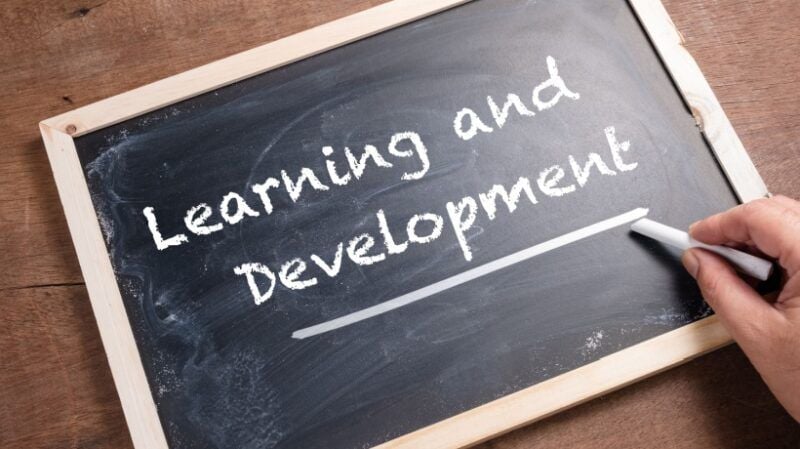
The New Age Of L&D: The Heart Hasn’t Transformed
Let me share something I have actually been seeing up close: Knowing and Advancement (L&D) isn’t simply progressing, it’s changing at a rate the majority of us have not experienced prior to. Consider it. Five years back, we were talking about on the internet discovering as a support group. Today, it’s the backbone of how organizations reskill, maintain, and equip their labor force. Duties are moving, abilities are frequently being redefined, and advancement plans look absolutely nothing like the ones we built a decade earlier.
As an L&D expert, I typically listen to leaders ask: “What are the most functional innovations I can pursue my labor force? How do I also recognize what skills to prioritize?” If you have actually been duke it outing these concerns, you’re not alone. Allow’s unbox what’s happening and where you can concentrate your power.
1 From Task Roles To Abilities: The Shift That Adjustments Whatever
We utilized to design finding out around static work summaries. Today, job does not fit neatly into those boxes anymore. Organizations are moving in the direction of skills-first techniques. Why? Due to the fact that abilities are truth money of growth.
- Skill taxonomies and structures (like those constructed into modern-day LMS platforms) are assisting businesses identify what’s missing out on today and what will certainly be essential tomorrow.
- Inner talent markets are emerging, where employees are matched to projects based upon skills instead of work titles.
- For you as a leader, this indicates reskilling isn’t a side job; it’s your best retention approach.
2 AI Is Right here, Yet It Demands Guardrails
AI is no longer advanced; it’s currently inside your LMS and discovering method, nudging students with tailored recommendations. And when done right, it feels like magic.
- Customized paths
AI examines learner behavior and recommends courses aligned with occupation aspirations. - Time-saving automation
Admin jobs like registration, reporting, and comments loops are becoming easier. - Ability presence
AI-powered dashboards offer leaders clearness on workforce readiness.
Yet here’s my care: AI is just as solid as the information and governance behind it. Be curious, experiment, but likewise ask suppliers difficult questions regarding openness, predisposition, and data safety and security.
3 Skills-Based Discovering Fulfills Human-Centered Layout
While modern technology can scale, human-centered layout makes it stick. The technologies I’m most thrilled around are the ones that blend tech with empathy:
- Microlearning and pushes
Tiny, just-in-time ruptureds of expertise that regard students’ busy schedules. - Discovering in the circulation of job
Assimilations with MS Groups, Slack, or CRMs where employees already invest their time. - Career-linked understanding
Development intends that straight link abilities discovered to promotions or brand-new opportunities.
These aren’t just “nice-to-haves.” They’re becoming expected.
4 Immersive Discovering Is No Longer An Experiment
Virtual Truth (VIRTUAL REALITY) and Increased Fact (AR) were once buzzwords. Today, they’re practical devices, in addition to much-utilized simulations, scenario-based learning, and gamification, specifically for remote and global groups.
- Visualize a frontline employee practicing safety procedures in virtual reality, safe.
- Or a new supervisor stepping into a gamified simulation to practice management conversations.
These immersive methods increase retention and confidence, particularly in high-stakes duties. And fortunately? Costs are lowering, making them extra attainable for a wider series of organizations.
5 Cooperation Is The New L&D Superpower
Here’s the fact: in the new age, L&D can not be successful in a silo any longer. One of the most impactful programs I’ve seen were born from strong collaboration between HR, IT, and business leaders.
- Human resources offers the lens of skill and culture.
- IT makes certain systems integrate flawlessly.
- Magnate tie learning to technique and growth objectives.
When these voices collaborated, discovering ends up being a business driver, not just a HR feature.
If You’re Unclear Concerning Skills Or Top Priorities, Beginning Right Here
Several leaders inform me, “I’m not also clear regarding which abilities matter most.” That’s entirely reasonable. The landscape in this new period of L&D is loud. Here’s a straightforward method I advise:
- Listen to your company technique
What’s transforming in your market, product, or consumer expectations? - Take a look at your workforce data :
Where are individuals leaving? Which groups are struggling? - Begin little with pilots
Pick one location, like electronic fluency, management preparedness, or consumer experience, and run a focused program. Procedure, learn, scale.
Keep in mind: you do not need to do every little thing at once. Even little, willful relocations can produce big ripples in culture and efficiency.
Final Thought: The Heart Of L&D Hasn’t Transformed
Yes, the devices, duties, and strategies are changing drastically. Yet at the heart of it, even the new era of L&D is still about opening human capacity. As CLOs and L&D leaders, our work is to produce atmospheres where individuals feel capable, sustained, and influenced to expand. Whether with AI-driven customization, immersive simulations, or simply better conversations between supervisors and groups, the objective continues to be the same: to aid people grow to ensure that companies can prosper.
If you’re curious about which technologies might work best for your workforce, begin discovering. Try something small, measure the influence, and do not hesitate to iterate. Since in 2025, one of the most successful L&D leaders won’t be the ones that did whatever, they’ll be the ones that moved with objective.